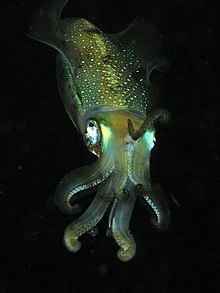
Conchology is the study of mollusc shells. Conchology is one aspect of malacology, the study of molluscs; however, malacology is the study of molluscs as whole organisms, whereas conchology is confined to the study of their shells. It includes the study of land and freshwater mollusc shells as well as seashells and extends to the study of a gastropod's operculum.

Edgar Albert Smith was a British zoologist, a malacologist.
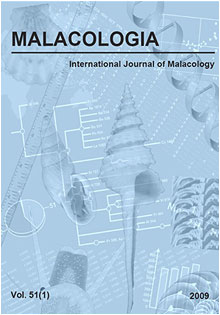
Malacologia is a peer-reviewed scientific journal in the field of malacology, the study of mollusks. The journal publishes articles in the fields of molluscan systematics, ecology, population ecology, genetics, molecular genetics, evolution, and phylogenetics. The editor-in-chief is Charles Lydeard.
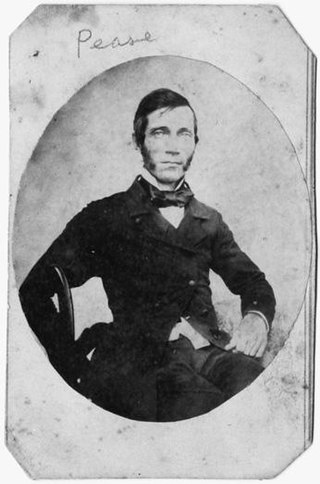
William Harper Pease (1824–1871) was a 19th-century American conchologist, shell collector and malacologist. He described many species of Indo-Pacific marine mollusks from the Cuming collection.
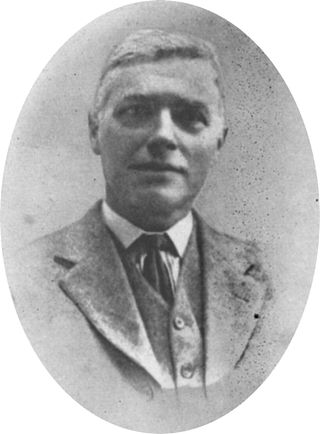
John Read le Brockton Tomlin was a British malacologist. He was one of the founders of the Malacological Society of London and was president of the Conchological Society of Great Britain & Ireland on two separate occasions.
Dwight Willard Taylor (1932–2006) was an American malacologist and paleontologist, a researcher on mollusks. His undergraduate work was at the University of California, Berkeley and his PhD was from Harvard University.
George Alan Solem, known professionally as Alan Solem, was an American malacologist, a biologist who studied mollusks.
Sauveur Abel Aubert Petit de la Saussaye (1792–1870) was a malacologist from France. His surname is: Petit de la Saussaye.

Philippe Bouchet is a French biologist whose primary scientific fields of study are malacology and taxonomy. He works at the Muséum National d'Histoire Naturelle in Paris. He is also a Commissioner of the International Commission on Zoological Nomenclature.

Lampasopsis rhodostoma, common name the Wine-mouth frog shell, is a species of sea snail, a marine gastropod mollusk in the family Bursidae, the frog shells.
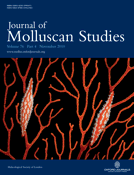
The Journal of Molluscan Studies is the peer-reviewed scientific journal of the Malacological Society of London, covering research in malacology. The editor-in-chief is Dinarzarde C. Raheem.

The Malacological Society of London is a British learned society and charitable organisation concerned with malacology, the study of molluscs, a large phylum of invertebrate animals divided into nine or ten taxonomic classes, of which two are extinct.
Angeline Myra Keen (1905–1986) was an American malacologist and invertebrate paleontologist. She was an expert on the evolution of marine mollusks. With a PhD in psychology. Keen went from being a volunteer, identifying shells at Stanford, and having no formal training in biology or geology, to being one of the world's foremost malacologists. She was called the "First Lady of Malacology".
The Nederlandse Malacologische Vereniging (NMV), known in English as the Netherlands Malacological Society or the Dutch Malacological Society, is a non-profit organisation based in the Netherlands. It is a society devoted to malacology as well as conchology. The NMV was founded in 1934 whichd include both professionals and amateurs members. The NMV created a European malacological society which later became the global society Unitas Malacologica.

The Festivus is a publication about malacology and conchology. It is published by the San Diego Shell Club in San Diego, California. The Festivus started in 1970 as a shell club newsletter which was edited by Blanche Brewer. In 1976 Carole Hertz became the editor, and gradually The Festivus became increasingly scientifically respectable, and was transformed into a peer-reviewed scientific journal. Carole Hertz was the editor for 37 years. From 1985 up until 2014, issues of The Festivus contained scientific papers on mollusks, and each paper was peer-reviewed by a professional malacologist. Eleven issues were published annually: one issue per month, except for the month of December.

Archiv für Molluskenkunde is a peer-reviewed scientific journal published by the Senckenberg Nature Research Society, covering research in malacology.
Rüdiger Bieler is a German-American biologist whose primary scientific field of study is malacology, the study of mollusks.
The Auckland Shell Club, also known as the Conchology Section of the Auckland Museum Institute, is a New Zealand society concerned with the study of molluscs and their shells.
The Sociedade Brasileira de Malacologia, or SBMa in short, is a Brazilian scientific organization dedicated to the study, research, conservation, and dissemination of knowledge about mollusks. Founded in 1969, the society brings together researchers, students, and enthusiasts of malacology across Brazil, promoting activities that stimulate the advancement of biological and ecological sciences related to this group of organisms.
